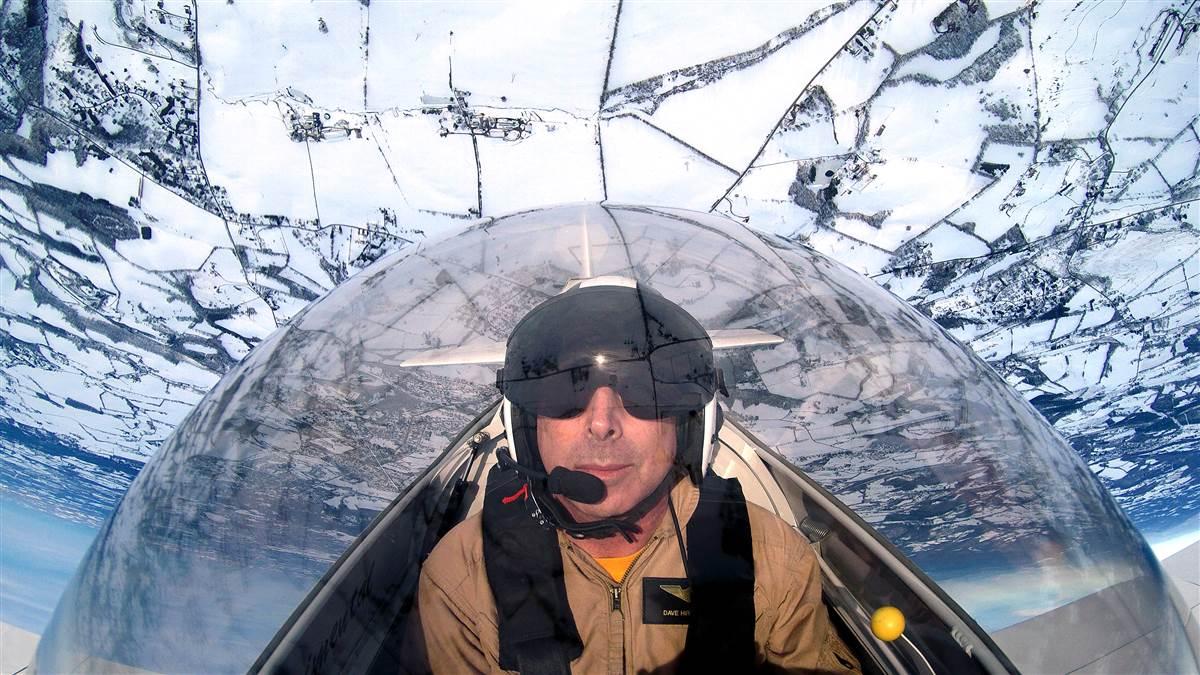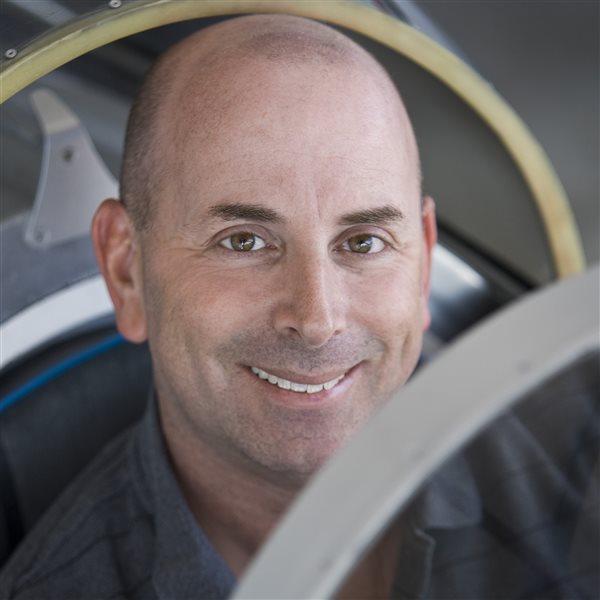Unusual Attitude
Airplane myths

[email protected]
Pitts pilots, for example, would like you believe that anyone who successfully takes off or lands one of these aerobatic biplanes must have cat-like reflexes and nerves of steel. Cirrus pilots fill internet forums with advice about proper landing techniques. And Mooney pilots believe their sleek airplanes require such precise airspeed control that their finesse sets them apart from those who fly slower, draggier birds.
I’m no psychologist, so I’ll spare you my amateur theories about why pilots perpetuate these false narratives. But consider this: All aircraft certified under FAR Part 23 regulations must have certain common behavior characteristics. The requirements cover every aspect of their handling from takeoff to cruise, turns, stalls, and landings. That doesn’t mean all certified airplanes are exactly the same. They’re not. But there are far more similarities than differences—so don’t get intimidated or led astray by hype.
Soon after attaining a private pilot certificate, I attended an aerobatic contest as a spectator. Watching the aerobatic sequences was interesting—but the takeoffs and landings were fascinating.
I’ll always be grateful to one anonymous Pitts S–2B pilot who, after his aerobatic sequence, flew an atrocious, wildly fast approach with a plunging, slipping descent. He ballooned and then stalled about six feet above the runway. The bright red airplane shuddered and dropped, hitting hard on all three wheels, and the bungees supporting the main landing gear stretched wide as the gear splayed out, then snapped back. The tires barked in protest, but each bounce got smaller, and soon the airplane slowed to taxi speed and exited the runway.
Miraculously, the airplane was undamaged. There had been no prop strike, and the wheel fairings remained attached and unscratched. The pilot stopped at the fuel pump and prepared to fly again.
I remember feeling strangely buoyed by this ghastly approach and hideous landing. Even though I was a rookie pilot, I considered myself unlikely to ever make such an abysmal approach or atrocious landing. And even if I did, I was armed with the knowledge that the Pitts, despite its fearsome reputation, could tolerate such poor technique.
More recently, I was coaching a fellow pilot whose new-to-him Mooney Ovation 2 was giving him fits. The long-bodied greyhound was making unwanted skips and hops after landing, and the new owner’s confidence was shaken. He was rightfully concerned that he’d damage the airplane with a prop strike unless things changed, and he expressed regret at having purchased it in the first place.
As it turned out, the pilot had been led astray by Mooney myths, one of which is that the long-bodied aircraft should be landed in a flat pitch attitude. Instead of trimming for his final approach speed and adding continuous back-pressure in the flare, he was relaxing back-pressure in ground effect. This caused his airplane to touch down on all three wheels, then rock fore and aft during rollout. The bad advice he’d been given on how to avoid a prop strike was actually making one more likely. Once convinced that the Mooney could be safely landed in much the same way as his former airplane, a Piper Arrow, his landings became smooth and consistent.
Curtis Pitts, the designer of the biplanes that bear his name, famously said there were “no squirrelly airplanes—only squirrelly pilots.” By this he meant that twitchiness is induced by heavy-handed, overcontrolling pilots.
A veteran Pitts pilot once gave me some good advice about the short-coupled biplanes, and it also applies to every other aircraft that’s ever been built:
“You don’t have to be a super pilot to fly one of these things,” he said. “You’ve just got to pay attention.”



